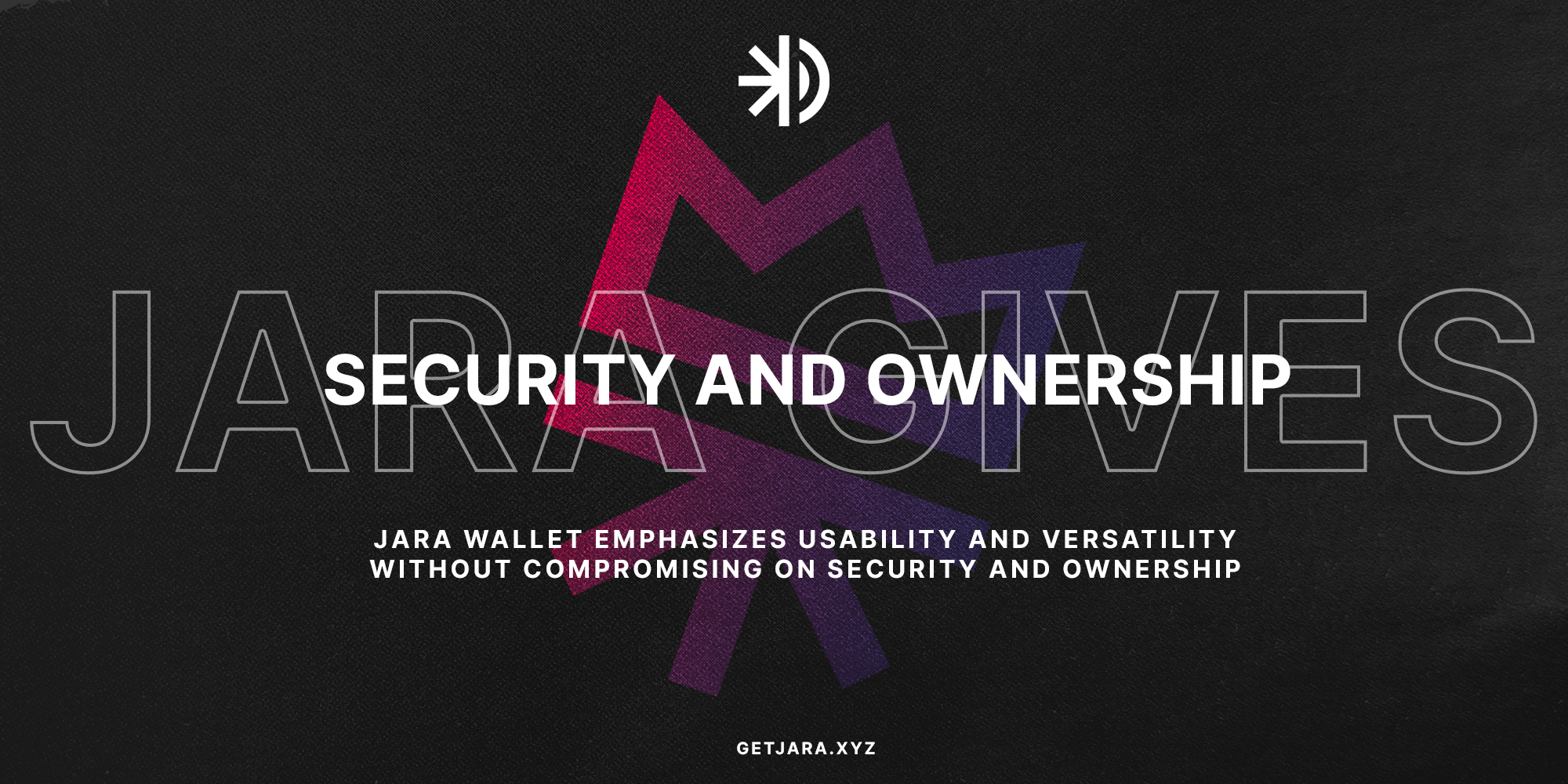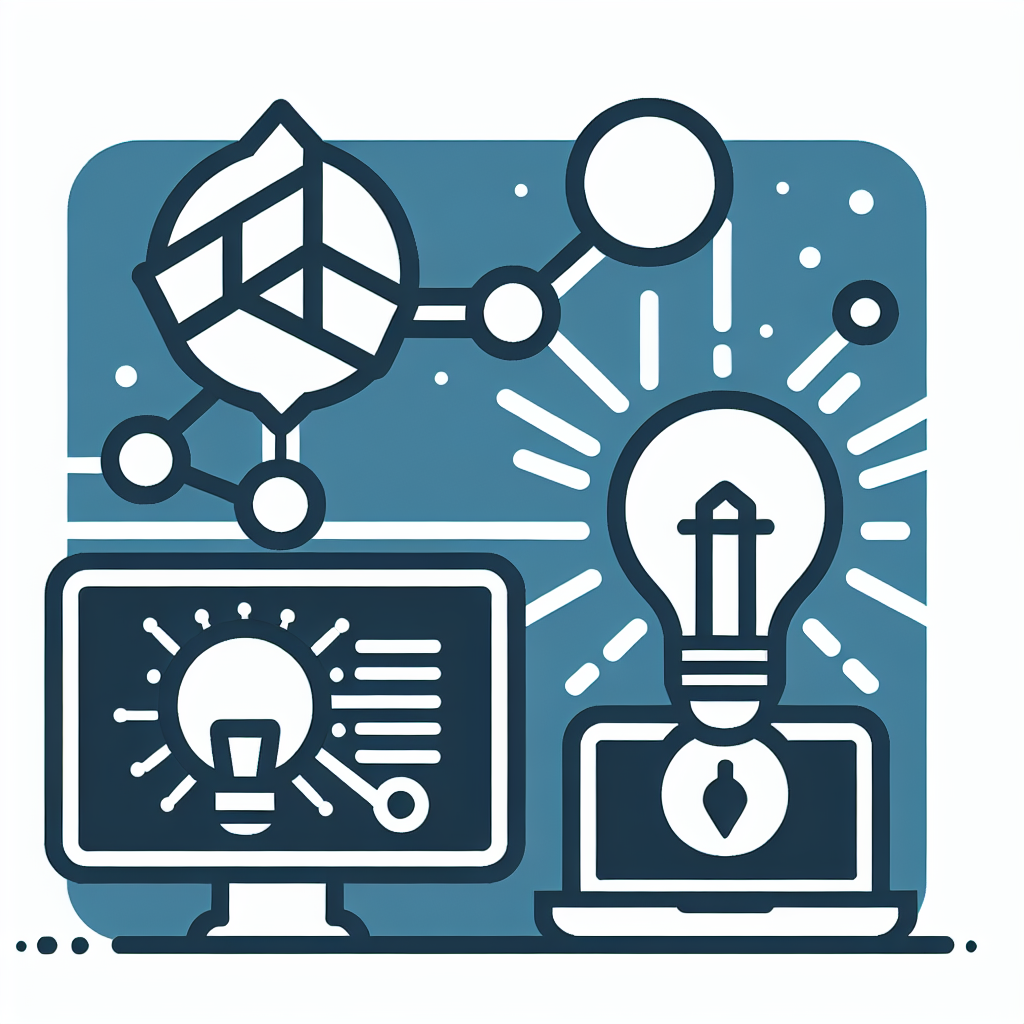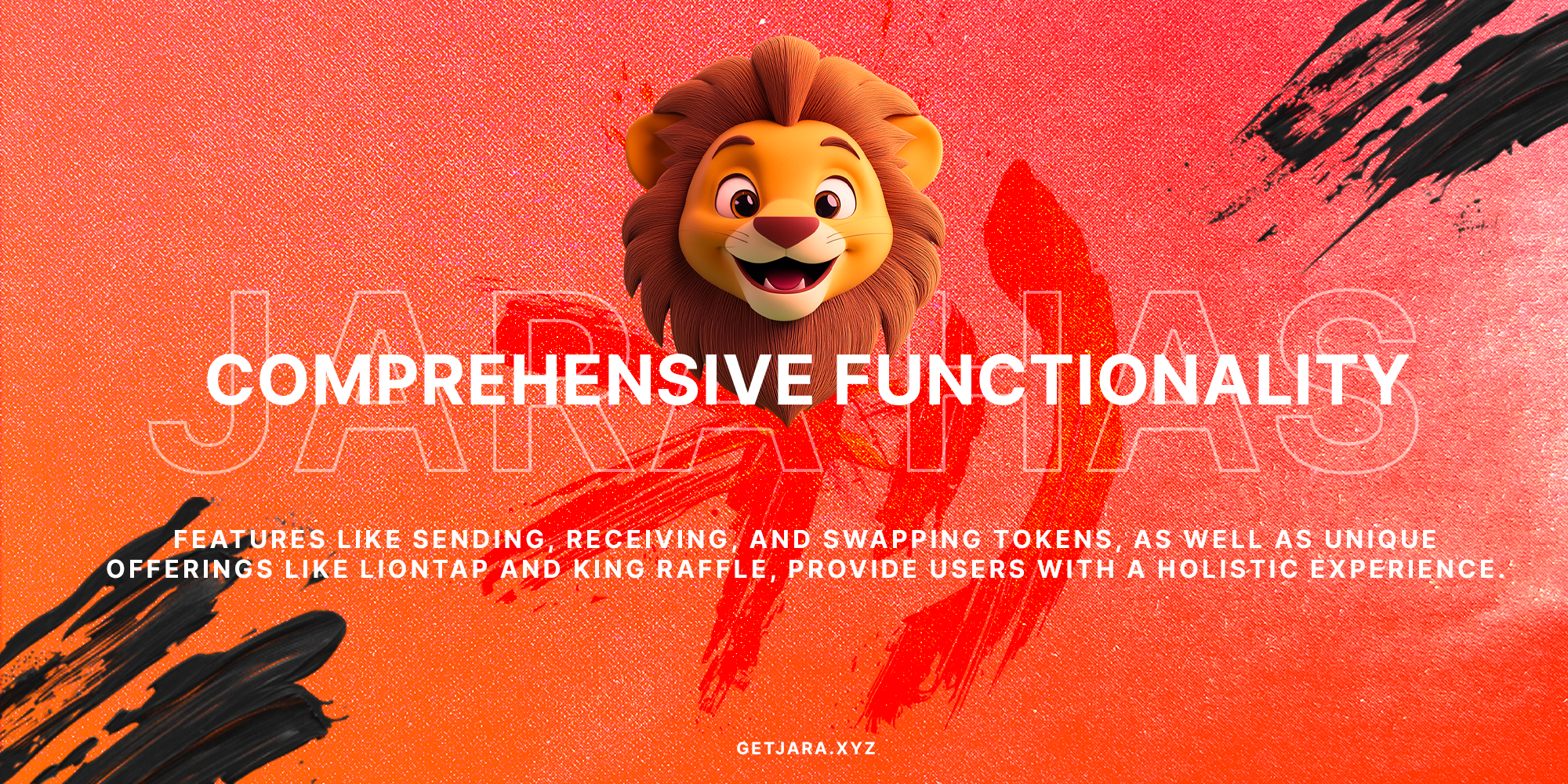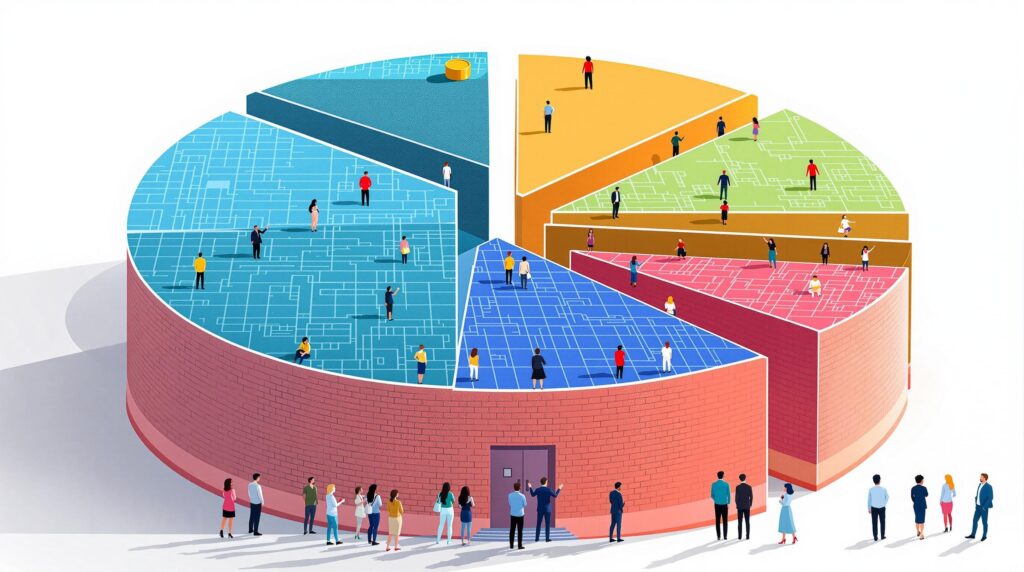Understanding Layer 1 Blockchains: The Backbone of Crypto Innovation
Have you ever wondered how cryptocurrencies function seamlessly across global networks? The answer lies at the heart of Layer 1 blockchains, which form the essential bedrock of the entire blockchain ecosystem. These networks handle transaction validation, maintain consensus mechanisms, and ensure crucial elements such as security and decentralization. By doing so, they not only facilitate but also enhance the efficiency of decentralized networks, making them indispensable to blockchain technology.
What is a Layer 1 blockchain? A Layer 1 blockchain serves as the foundational layer of a blockchain network, responsible for all core processes including transaction validation and consensus keeping. This layer ensures the security and decentralization of the network.
The Core Responsibilities of Layer 1 Blockchains
- Transaction Validation: Layer 1 blockchains secure transactions by adding them to the blockchain only when they are validated, thereby maintaining the integrity and trustworthiness of the network.
- Consensus Mechanism: This layer operates under a consensus protocol like Proof of Work (PoW) or Proof of Stake (PoS) to achieve agreement on the state of blockchain data, preventing fraudulent activities.
- Security: Layer 1 ensures that all data on the blockchain is resistant to unauthorized changes, which safeguards the network’s data integrity.
- Native Coins: These coins are integral, powering the network by facilitating transaction fees, staking, and overarching governance functionalities.
Consider the basic functioning of computers. Just like an operating system, Layer 1 blockchains provide the core functionalities upon which all other applications and processes run. They are not just foundational but also pivotal to other blockchain components.
Exploring Key Components of Layer 1 Blockchains
Let’s delve deeper into the elements that support these foundational networks:
- Network Nodes: These are the backbone of blockchain communication, ensuring redundancy and efficient data propagation across the network.
- Consensus Layer: This layer is key for validators to agree upon transaction validity; popular mechanisms include Proof of Work and Proof of Stake.
- Data Layer: Responsible for storing all transaction history, ensuring the blockchain is immutable and tamper-resistant.
- Transaction Layer: Manages token transfers and smart contract executions, ensuring all transactions follow consensus rules.
- Application Layer: Where decentralized applications (dApps) connect with the blockchain, enabling advanced features like smart contracts and tokens.
Layer 1 Blockchains vs. Layer 2 Solutions
A common question is how Layer 1 differs from Layer 2 solutions. While Layer 1 blockchains handle fundamental processes, Layer 2 solutions are built on top to improve scalability and transaction speed. They enhance the performance of Layer 1 without altering its core functionalities. For example, a Layer 2 solution like zk-Rollups aggregates transactions off-chain before submitting the final data back to Layer 1.
Why are Layer 1 blockchains crucial? They ensure decentralization, security, and the integrity of all transactions within blockchain networks, forming the basis for further innovations and applications.
Ultimately, the synergy between Layer 1 and Layer 2 blockchains is critical for building efficient, scalable, and secure decentralized ecosystems — and it’s this synergy that propels the entire cryptocurrency landscape forward. With Jara’s ongoing efforts to bolster Africa’s digital economy, the aforementioned layers play a significant role in shaping the future of blockchain applications, bridging local and global capital flows for economic transformation.
Stay tuned as we venture deeper into this digital world where innovation has no bounds. Layer 1 blockchains aren’t just the past and present; they’re the future of digital transactions and beyond!
Key Components of Layer 1 Blockchains
Network Nodes and Consensus Mechanisms
Layer 1 blockchains stand as the cornerstone of the entire blockchain ecosystem, facilitating critical operations that ensure security and decentralization. At the heart of these networks lie network nodes and consensus mechanisms, which together form a robust infrastructure for decentralized financial systems.
Network nodes act as the pillars supporting blockchain networks, ensuring communication and data propagation across the network. Essentially, nodes are like the postal service of blockchain technology, relaying transaction data to ensure that each block maintains an accurate record. They validate, send and receive information, safeguarding the network against centralized control. This decentralized communication is vital to the system’s integrity, as it prevents any single entity from having overarching control over blockchain data.
Consequently, the network nodes intertwine with consensus mechanisms, allowing the network to operate seamlessly and securely. But how do consensus mechanisms play their part?
What is a consensus mechanism? A consensus mechanism is a protocol that ensures all participants in the network agree on the current state of the blockchain. It allows secure transaction validation and is vital for decentralized trust.
Proof of Work (PoW) and Proof of Stake (PoS) are pioneering consensus mechanisms you’ll find in Layer 1 blockchains.
- Proof of Work: PoW requires participants to solve complex mathematical puzzles to add new blocks, akin to a rigorous security test. This ensures only reliable participants can validate transactions, making it very secure but resource-intensive.
- Proof of Stake: In contrast, PoS selects validators based on the number of coins they hold and are willing to “stake” as collateral. This method uses significantly less energy, offering a more eco-friendly and scalable solution.
Both PoW and PoS play pivotal roles in maintaining network integrity by validating transactions and blocks to prevent fraudulent activities. Thus, consensus mechanisms are like fiercely independent umpires in a blockchain network, ensuring fair play among nodes without bias.
What’s fascinating is that these mechanisms create a trustless environment where participants don’t need to know each other personally or rely on a central authority to verify their transactions. Instead, they lean on blockchain’s innate capabilities to secure digital interactions.
Interestingly, combining Layer 1 solutions with emerging Layer 2 solutions introduces enhanced capabilities and speed to the structure. Integrations between these layers improve transaction throughput without compromising the core network, allowing seamless operation at economical costs.
Given Africa’s burgeoning digital ecosphere, initiatives like Jara leverage these foundational elements to spearhead digital asset inclusion and innovation. Epitomizing this concept with strategic infrastructure tokenization, Jara is poised to redefine asset liquidity in the nascent African market. With the $JARA token as a driving force, the project envelops network nodes and consensus mechanisms to fuel Africa’s digital financial revolution.
Thus, understanding the architecture of Layer 1 blockchains is akin to decoding the inner workings of a complex machine. With consensus mechanisms like PoW and PoS as the engine, and network nodes facilitating seamless operations, Layer 1 blockchains remain at the forefront as digital innovation’s steadfast backbone.

Layer 2 Solutions: Enhancements to Layer 1 Blockchains
Scaling and Efficiency Improvements
As the popularity of blockchain technology surges, the need for scalability and efficiency becomes paramount. But what exactly are Layer 2 solutions, and how do they improve upon the robust, yet sometimes limited, Layer 1 blockchains?
What are Layer 2 solutions? Layer 2 solutions are secondary frameworks or protocols built on top of a primary blockchain layer intended to enhance its performance by enabling faster and cheaper transactions without compromising the inherent security features of the underlying blockchain.
Layer 2 solutions are a marvel of modern blockchain technology, addressing the persistent challenges of scalability without sacrificing security or decentralization. But why do they matter so much today? The demand for blockchain networks to handle more transactions per second can no longer be met within the constraints of Layer 1 blockchains. Imagine driving on a highway during rush hour; Layer 1 is that busy highway. Layer 2 solutions are like adding express lanes that help manage the traffic more efficiently.
Among the most prominent technologies in the Layer 2 space are zk-Rollups and Optimistic Rollups. These technologies allow for transaction data to be processed off-chain, significantly reducing the load on the main blockchain. This improvement enables higher throughput and reduces transaction costs, which is critical for the broader adoption of blockchain technologies.
- zk-Rollups: This technology compresses hundreds of transactions into a single transaction, which is then submitted to the Layer 1 blockchain. By using cryptographic proofs, zk-Rollups provide robust security while increasing efficiency.
- Optimistic Rollups: They assume transactions are valid by default and only verify transactions in case of a dispute. This optimistic approach reduces the need for computing resources, leading to faster processing times.
The introduction of Layer 2 solutions adeptly addresses what is known as the Blockchain Trilemma: how to ensure a blockchain is scalable, secure, and decentralized without compromising any aspect. With Layer 2, the scalability of blockchains, like Ethereum, is enhanced exponentially, allowing for more extensive use cases, such as gaming and dApps, to flourish.
How do Layer 2 solutions resolve the Blockchain Trilemma? Layer 2 solutions provide an innovative approach to achieving scalability, security, and decentralization by offloading some transaction processing tasks from the main blockchain, thereby reducing congestion and increasing the capacity of the network.
Moreover, emerging technologies such as sidechains work alongside these solutions to promote even greater interoperability across different blockchain networks. This synergy boosts the functionality of blockchain ecosystems, making them more attractive for developers and businesses alike.
In essence, Layer 2 solutions stand as the unsung heroes of blockchain innovation, offering the much-needed enhancements that foster growth and sustainability within decentralized networks. By harnessing these developments, Jara’s Layer 2 blockchain is strategically positioned to fuel Africa’s burgeoning digital asset economy, providing low fees and fast transactions to an ever-expanding user base.
The Interplay Between Layer 1 and Layer 2 Solutions
Have you ever wondered how the blockchain ecosystem stays robust amidst soaring transaction volumes and security demands? The answer lies in the seamless interplay between Layer 1 and Layer 2 blockchain solutions. These layers, much like the foundation and additional floors of a skyscraper, work together to create a sturdy structure capable of supporting growth and innovation.
Layer 1 blockchains form the foundational layer of blockchain technology, responsible for basic functions like transaction validation, security, and consensus. In contrast, Layer 2 solutions are built atop Layer 1 to enhance scalability and transaction speed.
Layer 1 Blockchains: These are the core structures of blockchain networks, tasked with crucial operations such as transaction processing, consensus protocol implementation, and ensuring data integrity. Examples include Ethereum and Bitcoin, each with its native coins. They offer the foundational security and decentralization that Layer 2 solutions scale upon.
Layer 2 Solutions: Imagine adding an express lane to a congested highway – that’s what Layer 2 solutions do for blockchains. These solutions operate on top of Layer 1, increasing throughput and reducing transaction fees. Popular methods include state channels and rollups, which manage transactions off-chain and periodically communicate with the main chain to validate information.
- Enhanced Scalability: By processing transactions off the main chain, Layer 2 solutions significantly boost speed and reduce congestion.
- Cost Efficiency: Layer 2 solutions decrease transaction costs by minimizing the load on main chain resources.
- Flexibility: They allow for diverse applications, especially in sectors like decentralized finance (DeFi), without compromising network security.
Integrating these layers is fundamental to overcoming blockchain’s Blockchain Trilemma— the challenge of achieving scalability, security, and decentralization simultaneously. By employing Layer 2 solutions, networks can scale effectively without sacrificing the core benefits offered by Layer 1 infrastructures.
Through practical applications in sectors like DeFi, the synergy between these layers paves the way for innovative uses in the Web3 landscape, ultimately pushing blockchain technology to new heights.
Real-World Application: Platforms like Jara leverage this interplay by building proprietary Layer 2 solutions over their foundational blockchain, enhancing the throughput for tokenized asset transactions. Such integrations not only boost efficiency but also cater to Africa’s burgeoning digital economy, aligning with Jara’s mission to drive economical empowerment and extensive financial inclusion.
This cooperation between Layer 1 and Layer 2 solutions is redefining possibilities within the blockchain space, ensuring both current and evolving demands are met without compromising the integrity and security of the decentralized ecosystem. By having this robust layered structure, the blockchain ecosystem can support and drive continuous innovations, serving as the bedrock for future developments in technology and finance sectors worldwide.
Ready to explore further into how this synergy between layers is transforming the landscape? Venture into the world of decentralization with platforms like Jara, where innovation meets practicality.

How do Layer 1 and Layer 2 blockchains differ?
Layer 1 blockchains are the primary blockchain architecture in a cryptocurrency network, handling all the basic functions such as transaction validation and security. In contrast, Layer 2 solutions are external networks or technologies that build on the primary blockchain. They aim to enhance scalability and efficiency by handling transactions off-chain before committing them back to the Layer 1 blockchain. This often results in faster transaction speeds and lower costs.
What challenges do Layer 1 blockchains face?
Layer 1 blockchains face significant challenges, particularly regarding scalability, security, and decentralization. The well-known “Blockchain Trilemma” suggests that optimizing for any two of these factors may affect the third. Layer 1 solutions often have to make trade-offs, balancing the current transaction volume with the need for robustness and distributed governance.
What role do consensus mechanisms play in Layer 1 blockchains?
Consensus mechanisms like Proof of Work (PoW) and Proof of Stake (PoS) are vital in Layer 1 blockchains, ensuring that the nodes agree on the state of the blockchain. These mechanisms enable trustless and distributed verification of transactions, which is central to maintaining security and transparency. PoW involves solving complex mathematical puzzles, while PoS selects validators based on their stake in the network.
How do Layer 2 solutions enhance blockchain functionality?
Layer 2 solutions enhance blockchain functionality by addressing the scalability issues inherent in Layer 1 networks. They do so by processing transactions off the main blockchain and grouping them together before they are written back into Layer 1. Technologies like zk-Rollups and Optimistic Rollups are examples of Layer 2 technologies that reduce data load on Layer 1, making transactions faster and less costly.

Related Practice Areas
Explore our focused range of services that align with blockchain innovations and cybersecurity solutions. By diving into these areas, you get both breadth and depth of expertise to navigate the complexities of the digital age.
List of Top-Rated Layer 1 and Layer 2 Blockchain Solutions Attorneys Serving Jara
Choosing the appropriate legal representation is crucial when pursuing blockchain innovations. With experienced attorneys by your side, you’re equipped to navigate the legal landscape with informed confidence at each phase of the process.
John Smith, Blockchain Attorney
Jane Doe, Fintech Law Expert
Discover What Our Clients Are Saying
At the forefront of our blockchain solutions practice is a deep-seated commitment to client satisfaction. Each case is handled with utmost care, as echoed in the appreciative feedback from those we represent.

Why Choose Jara for Your Blockchain Solutions?
At Jara, we believe that innovation and security go hand in hand when it comes to blockchain solutions. Our team offers expert guidance for both Layer 1 and Layer 2 blockchain solutions, ensuring robust, secure, and scalable networks. Ready to take your blockchain infrastructure to the next level? Contact us today at [email protected] or call us at 000-000-0000 to discover how we can help.
“Your Blockchain Partner for Innovation and Security” – Jara is dedicated to transforming your crypto implementations with the utmost precision and care.
Awards & Recognition
- “Top Blockchain Consultancy Firm 2023” by CryptoWeekly
Recognized for excellence in blockchain consultancy and development.
View Award - “Innovative Blockchain Solutions Provider 2023” by TechForward
Highlighted for advancing innovative blockchain solutions across industries.
View Award - “Best Crypto Security Infrastructure 2023” from BlockGuard
Awarded for exceptional blockchain security measures and reliable infrastructure.
View Award - “Leading Blockchain Developer 2023” by Developer Insight
Distinguished as a leader in blockchain development and client satisfaction.
View Award - “Top Layer 2 Blockchain Solutions 2023” by Chain Innovators
Celebrated for creating transformative Layer 2 solutions enhancing network capabilities.
View Award
Chinyere “Chi” Nnadi Bio
Founder and CEO, Jara | Layer 1 Blockchain Specialist
Content Reviewed by Chi Nnadi and his Content Team. Chi is an experienced entrepreneur dedicated to transforming Africa’s financial ecosystem through blockchain technology. As Founder and CEO of Jara, he builds enterprise-grade infrastructure converting illiquid African assets into globally accessible digital tokens. With his expertise in Layer 1 blockchain technology, Chi bridges the gap between global investors and Africa’s growing digital asset market.

















